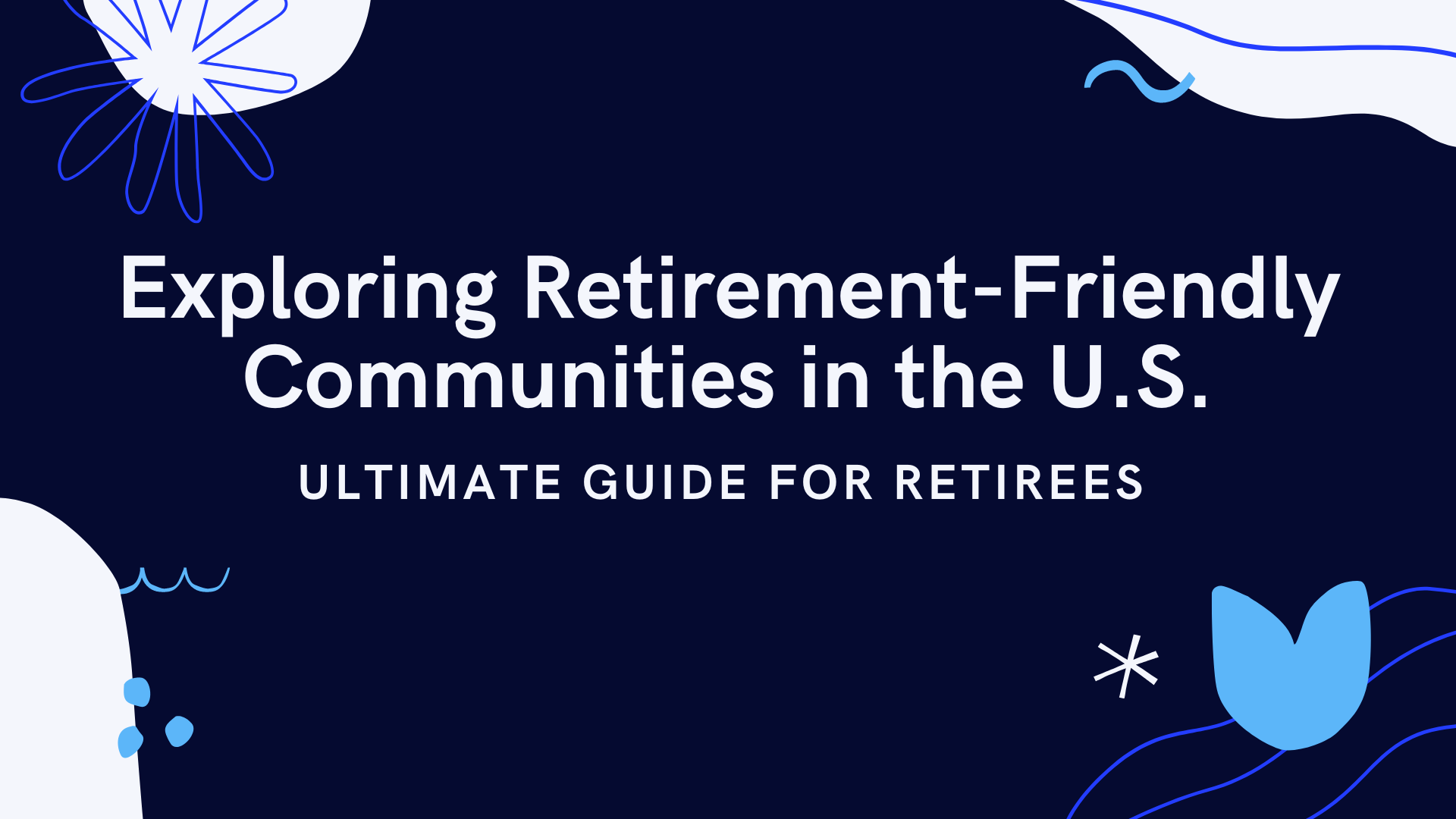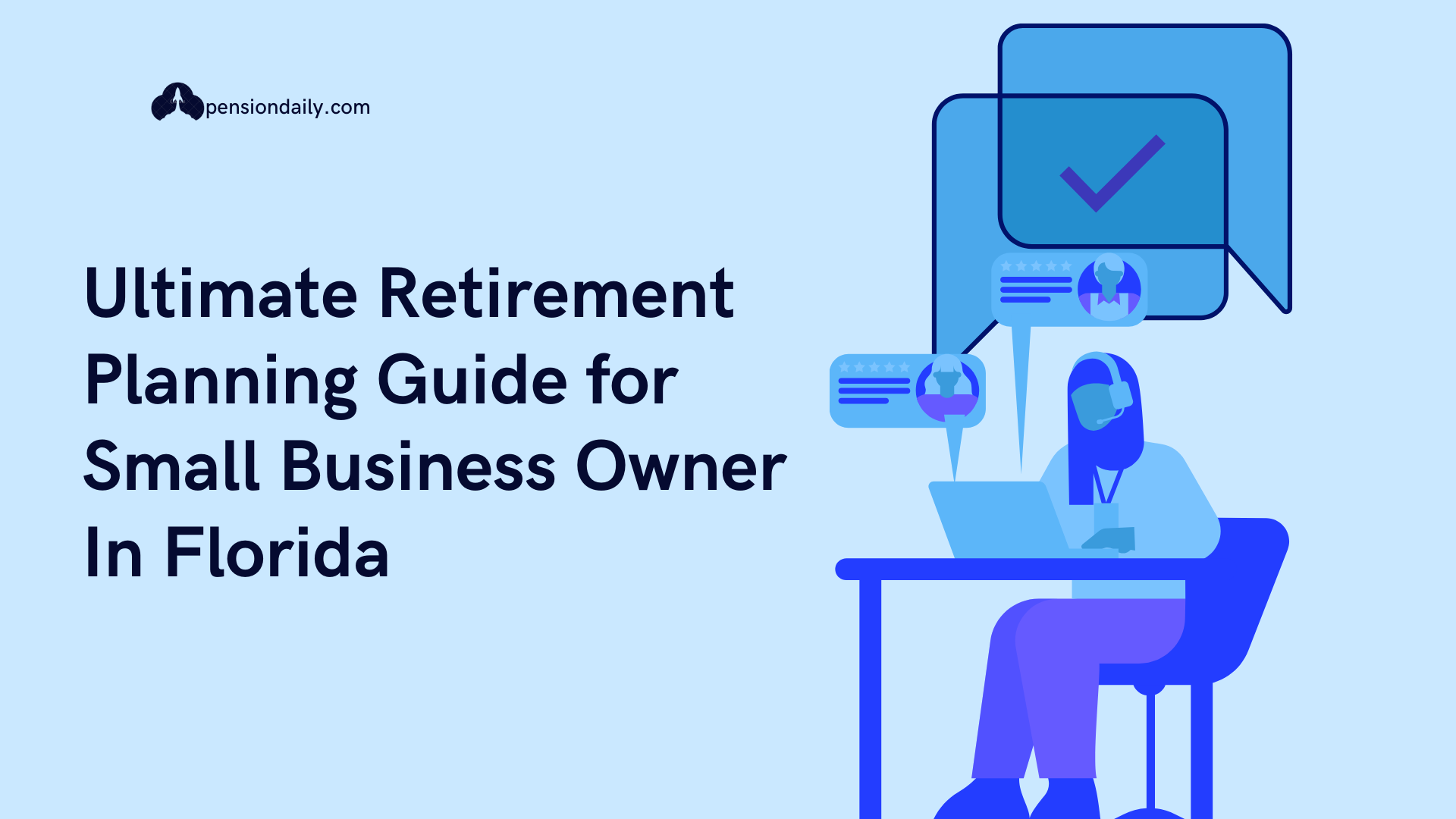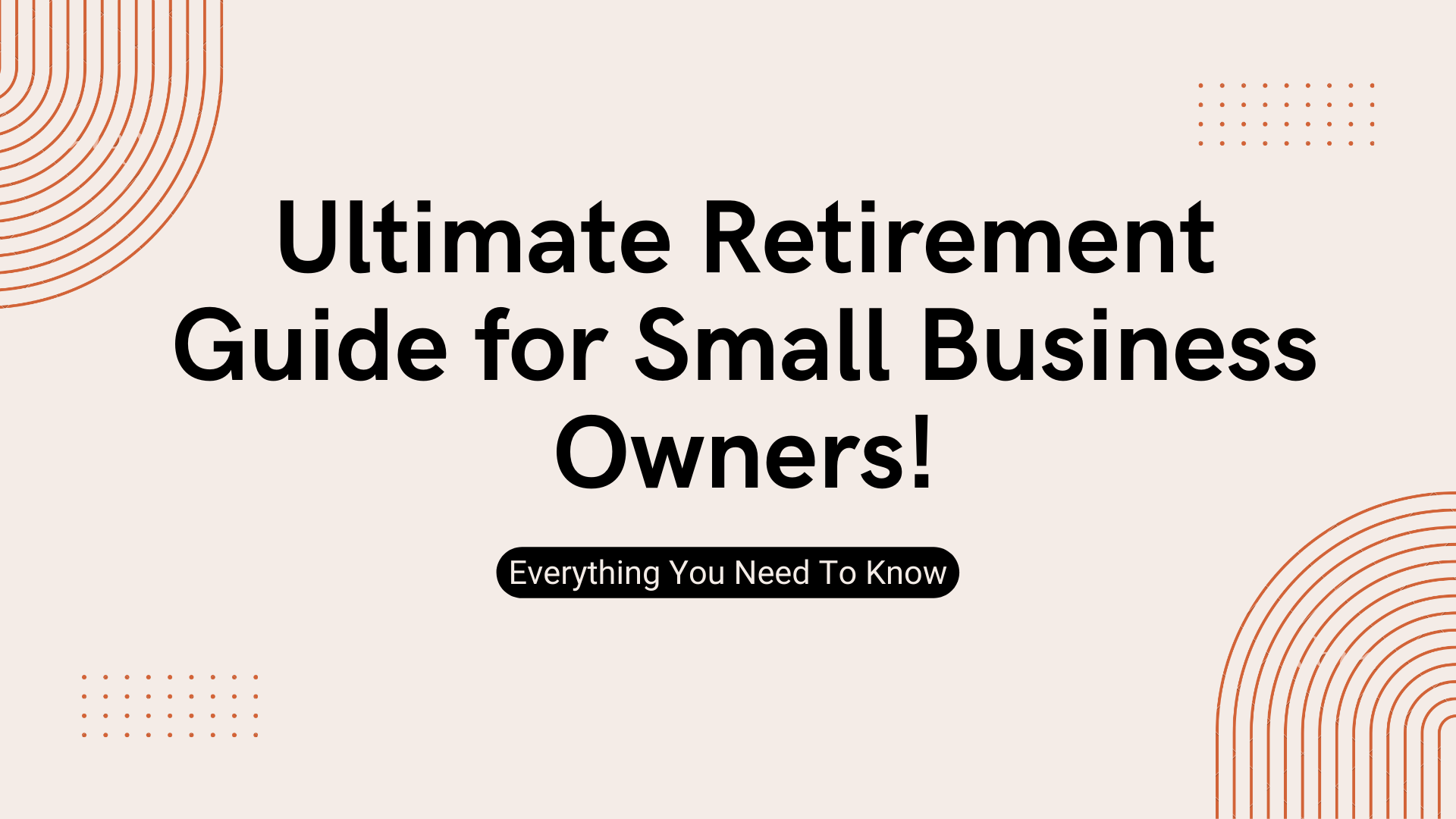How to Save for Retirement as a Sole Proprietor(Expert Advice)


For sole proprietors, the path to secure retirement is paved with a variety of options, such as pooled and solo 401(k)s, along with various individual retirement account (IRA) choices. Recent changes in retirement savings legislation have added complexity to this decision-making process.
This expert guidance can help you navigate the complexities of retirement planning, ensuring you make the choices that align perfectly with your financial goals and objectives.
SIMPLE IRA
A SIMPLE IRA (Savings Incentive Match Plan for Employees) is quite like a traditional IRA but stands out with higher contribution limits. If you're self-employed and looking to stash away more money in a tax-deferred account, this might be the right choice for you.
The name says it all – SIMPLE IRAs live up to their simplicity. Setting up and managing them is a breeze, which makes them a fantastic choice, especially if your income fluctuates, like in freelance or gig economy work.
If you're uncertain about your future earnings and want an uncomplicated yet effective retirement plan, the SIMPLE IRA is a smart and user-friendly choice.
How it works: A SIMPLE IRA simplifies things for sole proprietors, as they are both the employer and employee. In the 2023 tax year, you can stash away up to $15,500 from your self-employment earnings, and if you're 50 or older, an extra $3,500 is allowed.
Regardless of your contribution, there's a requirement to include an employer "match" of up to 3 percent of your net earnings for the year, which typically means your gross income from self-employment minus allowable business expenses.
Starting in 2023, thanks to SECURE 2.0, investors can make Roth contributions to their SIMPLE IRAs. This means you pay taxes on the money as you put it in but enjoy tax-free withdrawals down the road. It's a valuable feature for your retirement savings strategy.
What to expect: Calculating the match for SIMPLE IRAs becomes more intricate when you have employees in the picture. If there's a chance you'll be hiring staff down the road, it's crucial to inform your financial advisor from the start.
This is because the inclusion of employees can significantly affect the type of plan you choose and how you structure it. It's a detail worth addressing early to ensure a seamless retirement savings plan.
Traditional or Roth IRA
Traditional and Roth IRAs are the go-to options for individuals looking to save for retirement. In a traditional IRA, you receive a tax deduction when you contribute, but when you withdraw funds, they are taxed as income.
On the other hand, a Roth IRA allows you to contribute post-tax dollars, and when you take withdrawals (or distributions), they are typically tax-free.
The beauty of these IRAs is that you can keep contributing as long as you wish. It's worth noting that the SECURE Act of 2019 removed the rule that used to prevent contributions to traditional IRAs once you reached the age of 70½.
This change provides more flexibility for retirement planning, making it a valuable option for those looking to secure their financial future.
How it works: In the year 2023, you have the option to contribute up to $6,500 to either a traditional or Roth IRA. However, if you're aged 50 or older, you can take advantage of a "catch-up" provision, allowing you to contribute $7,500. What's interesting is that starting in 2024, this catch-up contribution for older individuals will be adjusted for inflation, meaning it can increase annually to keep up with the cost of living.
This change is a part of several significant amendments to retirement plans, which were introduced through the SECURE 2.0 Act of 2022, building upon the initial 2019 legislation. These adjustments provide more flexibility for retirement planning, adapting to the evolving financial landscape and the needs of those saving for their future.
What to expect: Your eligibility to contribute to a Roth IRA or claim a tax deduction for traditional IRA contributions hinges on your income, specifically the "modified adjusted gross income" (MAGI) reported on your tax form. These income thresholds are adjusted annually.
For the year 2023, if you're an individual taxpayer with an income exceeding $153,000 or a married couple filing jointly with an income over $228,000, you won't be able to contribute to a Roth IRA.
Additionally, if you have a traditional IRA and are covered by a workplace retirement plan like a 401(k), or your spouse is, you can't deduct IRA contributions if your income is $83,000 or more for an individual or $136,000 or more for a couple.
However, these income limits do not apply if neither you nor your spouse is covered by a retirement plan at work. So, it's essential to keep an eye on these income thresholds to ensure you're making the most of your retirement savings options.
SEP IRA
A SEP (Simplified Employee Pension) IRA is tailored for business owners who are seeking the ability to make more substantial annual contributions compared to what's possible with a SIMPLE IRA. It offers an attractive option for those looking to supercharge their retirement savings as they plan for the future.
How it works: For self-employed individuals, the flexibility of a SEP IRA allows you to contribute up to 20 percent of your net earnings from your business, with a maximum of $66,000 in 2023. This makes it an attractive choice for those who want to maximize their retirement savings potential.
What's interesting is that, similar to SIMPLE IRAs, the SECURE 2.0 Act has expanded the options for SEP IRAs by introducing the ability to make Roth contributions. This means you can opt for post-tax contributions, potentially leading to tax-free withdrawals in the future, making your retirement strategy even more versatile.
What to expect: Although the maximum contribution limit for a SEP IRA is more generous compared to a SIMPLE IRA, it's important to note that this option is generally more advantageous for individuals with substantial earnings from self-employment.
The key factor here is the level of your self-employment income. It's crucial to assess whether the higher contribution limits align with your financial situation and long-term retirement goals to make the most of this opportunity.
Reasons why: To determine if a SEP IRA is more beneficial for you than a SIMPLE IRA, consider this: the current contribution limit for a SIMPLE IRA, which is $19,000 (for individuals over 50), is essentially 20 percent of a $95,000 income. So, to make a SEP contribution more substantial than this, your self-employment earnings would need to surpass that figure.
In 2021, data from the Census Bureau reveals that the median income from self-employment in the U.S. was around $63,000 for men and $38,000 for women. This data provides a helpful reference point for assessing whether a SEP IRA's higher contribution potential aligns with your income and financial objectives, keeping your retirement savings strategy on track.
Solo 401(k)
A solo 401(k) plan is much like a traditional 401(k) but with a unique feature—it typically caters to just one worker, although it does offer the option to include a spouse who earns income from your business. This makes it an excellent choice for self-employed individuals or small business owners looking to manage their own retirement savings efficiently.
Also read The Ultimate Retirement Guide for Small Business Owners
How it works: With a solo 401(k), business owners enjoy the advantage of contributing both as an employee and an employer. In 2023, the contribution limit is set at $22,500 (or $30,000 if you're aged 50 or above).
This is in addition to contributing 20 percent of your net self-employment earnings, up to a maximum of $66,000 (or $73,500 for those over 50). What's interesting is that you can make contributions either on a pretax or after-tax (Roth) basis, providing you with the flexibility to align your retirement savings with your financial goals and tax strategy. It's a dynamic tool for planning your financial future.
The SECURE 2.0 Act introduces a welcome change for sole proprietors considering a solo 401(k). Previously, the plan had to be set up and contributions made by the end of a tax year to qualify for a deduction in that same year.
Now, the process offers more flexibility. You have until the tax-filing deadline in April of the following year. So, for instance, you can establish a solo plan by April 15 of the next year, and it will count toward your taxes for the previous year (e.g., 2023).
This adjustment makes retirement planning even more adaptable, offering additional time to align your financial strategies with your goals.
What to expect: Managing a solo 401(k) involves a few important considerations. If your account balance surpasses $250,000, you're required to file an IRS Form 5500-EZ along with your tax return. Additionally, it's worth noting that the rules governing a solo 401(k) are somewhat more intricate than those for an IRA.
Another crucial aspect to keep in mind is that once you hire staff for your business, you may no longer be eligible for a solo 401(k). So, as your business grows, it's essential to reevaluate your retirement planning options to ensure they align with your evolving circumstances and compliance requirements.
Multiple Employer Plans (MEPs)
Joint retirement plans offer an opportunity for employers, including sole proprietors, to participate in a common savings plan while sharing certain administrative costs.
A significant development in this domain is the creation of a Pooled Employer Plan (PEP), introduced by the SECURE Act. PEPs bring a fresh perspective to retirement planning, allowing for increased flexibility and collaboration among employers and self-employed individuals, making it an option worth considering.
How it works: In the world of retirement planning, both traditional MEPs and Pooled Employer Plans (PEPs) offer innovative approaches. Traditional MEPs unite companies that may not have direct connections but share a common element, like a similar industry or geographic proximity, to create a joint workplace savings plan.
PEPs, on the other hand, usher in a new era of inclusivity. They welcome any business, regardless of its relationship with other participants. PEPs first appeared for 401(k) plans in 2021 through the original SECURE Act and have expanded to include 403(b) plans in 2023, courtesy of SECURE 2.0.
For those considering these plans, it's important to note that PEPs and MEPs share the same contribution limits as 401(k)s. In 2023, the annual contribution limit stands at $22,500, which increases to $30,000 for individuals aged 50 and older. These options open up exciting opportunities for businesses of all types to bolster their retirement savings.
What to expect: Participating in an MEP comes with specific guidelines: contributions can only be made with earnings generated from the business you own. It's important to note that if you're also employed by another business, you cannot channel your earnings from that job into the pooled plan.
For a plan to qualify as a PEP, it must have a "pooled plan provider" registered with the U.S. Labor and Treasury departments. These providers play a crucial role in managing PEPs, ensuring compliance with regulatory requirements.
Keep in mind that both MEPs and PEPs entail rules that are somewhat more intricate than those for an IRA. So, before delving into these plans, it's wise to familiarize yourself with the specifics, ensuring a clear understanding of how they work and how they align with your financial objectives.
You can also want to read 10 Retirement Questions You Should Be Asking and The Ultimate Retirement Guide for Small Business Owners!



